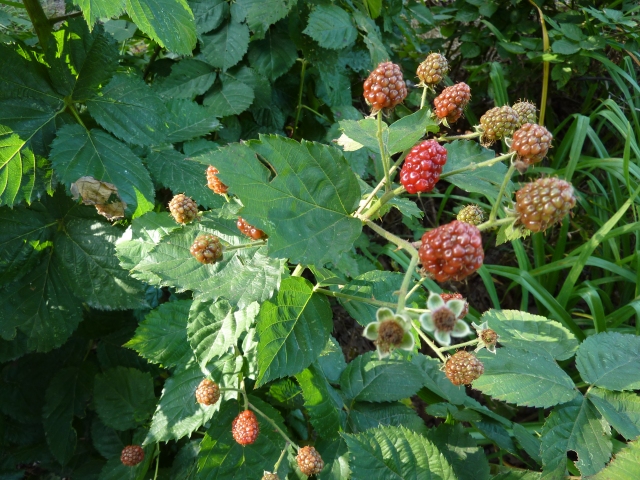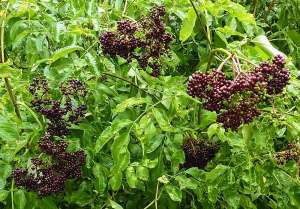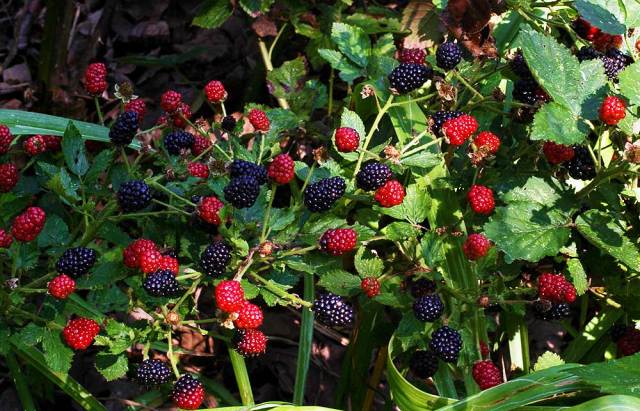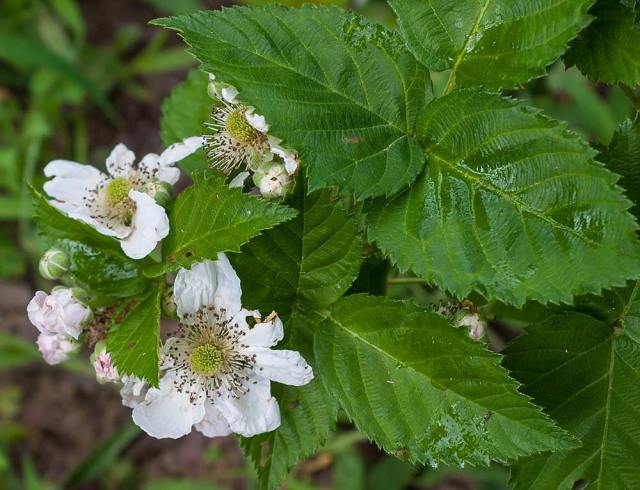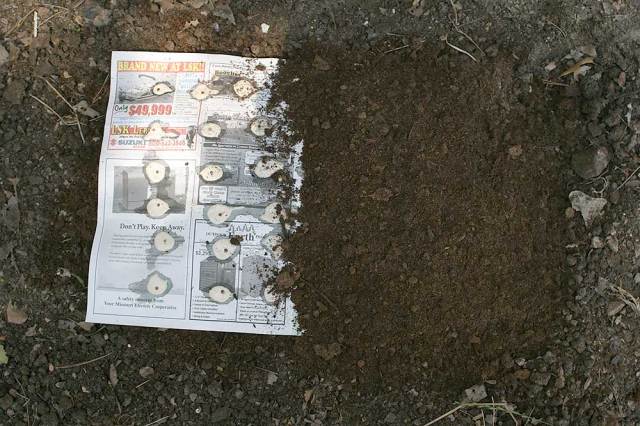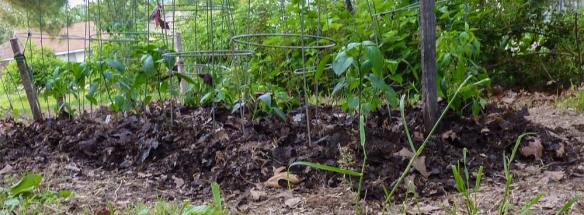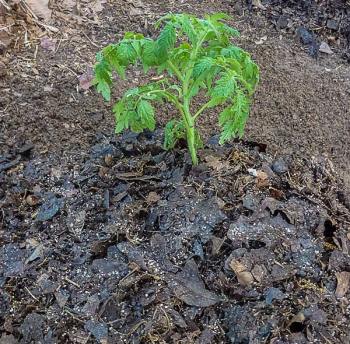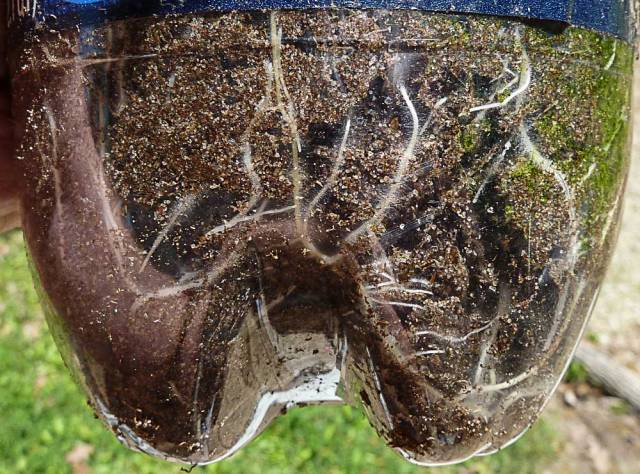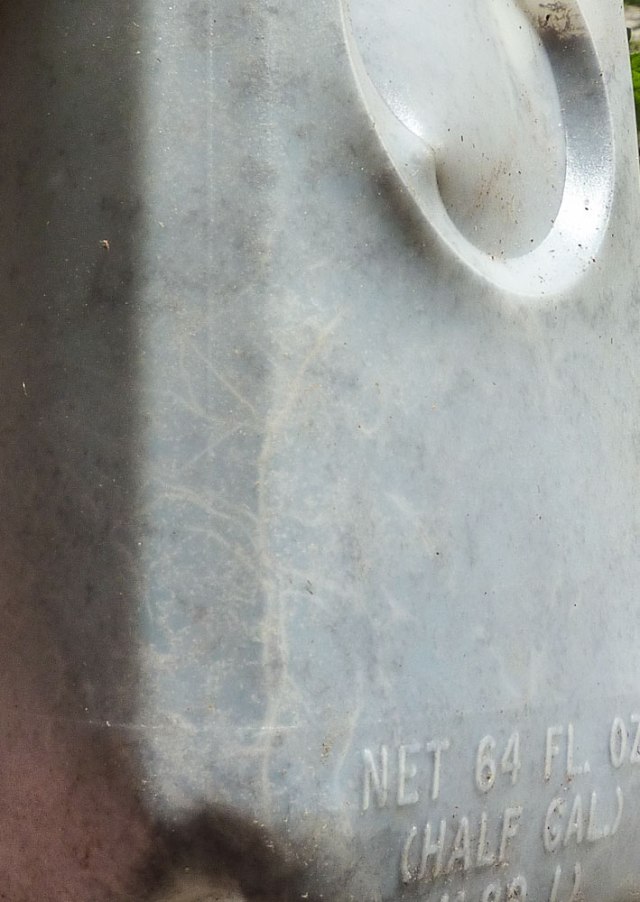I’m not sure that anyone enjoys weeding a garden, but there are some advantages to doing so besides eliminating the weeds. Using a hoe is the most common method, and the secondary benefit is that you aerate the soil surrounding the plant and make it more permeable to moisture.
When it comes to watering I’d like to dispel one of the most common myths: Watering during the day, when the sun is shining can burn your plants. This has never happened to me, and even nature provides a rebuttal. How many times have you seen a thunderstorm followed by sunshine?
Now it’s true that watering during the heat of the day increases evaporation, but evaporation also has a cooling effect. Of course the preferred effect is to get the water deep into the soil or at least throughout the root zone using drip irrigation, or leaky hoses. I use the latter and they work just fine, though they still put out more water than my clay can readily absorb unless I turn the faucet down so there’s no pressure on the line. Gravity takes care of keep the hose full.
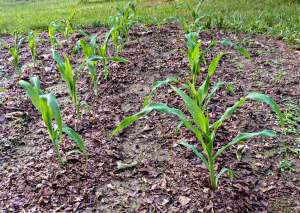
Here’s a view of my second planting of corn at three weeks growth. Next year I hope to expand my garden so I can make three successive plantings so it all doesn’t come in a once. This shot was taken after a hard rain.
I had hoed the field and applied a coarse mulch around the plants.
While the soil was chopped up pretty well before the rain you can see that it has flattened completely while the mulch has remained in place. In fact I suspect that any erosion of the soil is now captured by the mulch in addition to any nutrients.
Of course if you’ve been reading this blog you know that I make mulch from oak lea
ves which are pretty acidic, often around 4-5 on the pH scale but I’d added granulated lime before hoeing the plot to buffer the effect of the mulch.
I know most gardeners favor composting, and when I was at the University of Arizona I did an independent study on composting, but I’ve since decided that it’s not a viable solution for me, or anyone else who has an abundance of leaves.
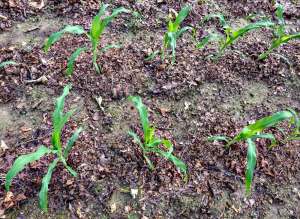
For one thing, compost must be tended to maintain the process and that’s just extra work. An active compost pile also produces CO2, and if the pile isn’t sheltered a hard rain can turn it into mush. So I started mulching leaves, piling them into a natural drain, and soaking them down. By maintaining the moisture a natural fungus grows on the leaf material which worms find to be quite tasty. And worms can be a gardener’s best friend.

